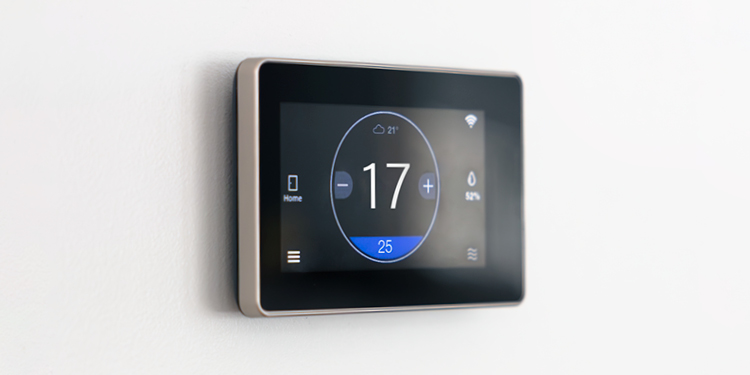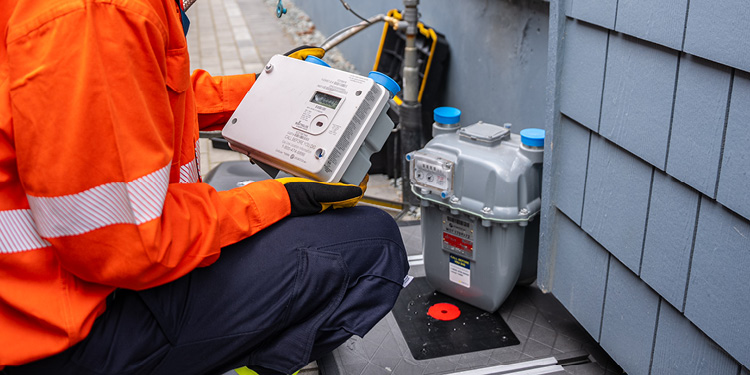Want more comfort and energy savings? Your guide to insulation upgrades
April 12, 2024
Updated August 2, 2024
Insulation is the unsung hero of home energy efficiency: you don’t usually see it, but if it’s doing its job, you’ll be cosier in the winter, cooler in the summer, and saving energy—and money—year-round. However, if it’s old, poor quality, or poorly installed, it could be causing mould, mildew and cold spots, and it may be causing you to use more energy than necessary.
Why is good insulation so important?
Insulation is the protective barrier that helps regulate your home's temperature, whether it’s freezing or scorching hot outdoors. It can help reduce strain on your heating and cooling systems and help lower your energy bills. It may also improve air quality by minimizing drafts and moisture build-up. Plus, it may reduce noise.
So given that it can do all that while helping to decrease the amount of energy you use and reducing associated greenhouse gas emissions, it’s worth investing in quality insulation and professional installation.
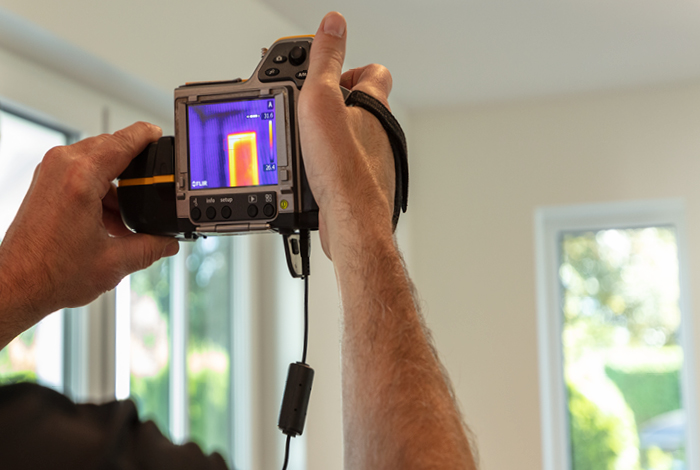
An EnerGuide home evaluation will assess the energy efficiency of your home, including the amount of heat loss through your walls and windows.
How should you begin when upgrading insulation?
Where are the hidden insulation problem areas in your home? Do you need to worry about tackling other issues in your home first? We know, it can be overwhelming to get started. Fortunately, there are experts you can turn to. We recommend you:
- Get an EnerGuide® energy efficiency home evaluation to assess your entire home, giving you an EnerGuide rating and report. This evaluation will be done by an energy advisor registered with Natural Resources Canada, and they’ll determine where your home has air leakage, so you know which areas to focus on. This step is optional but can help you spend your money more effectively when deciding on energy efficiency upgrades. The cost of this evaluation varies, depending on the size of your home, where it’s located, and other factors.
- Draft-proof areas where you’ll be replacing or adding insulation. It’s important to seal any gaps or cracks in your exterior walls before the new insulation is installed. You can do this yourself or ask your contractor to take care of it.
- Hire a Home Performance Contractor Network member to install your new insulation. Show them your EnerGuide report (if you chose to have an EnerGuide evaluation) and decide together which insulation type(s) are best for your home and budget.
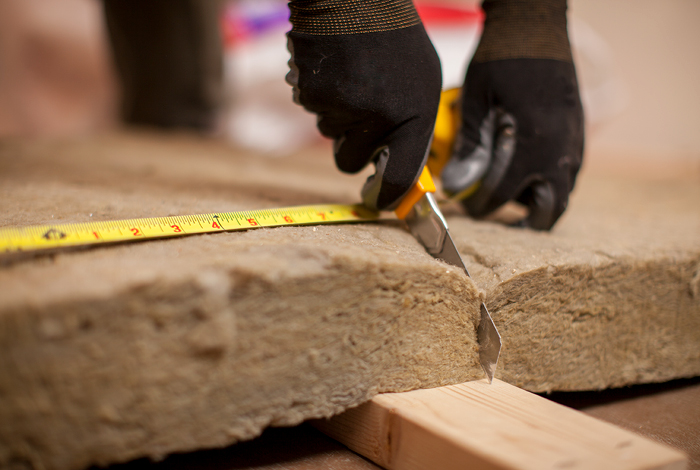
Always get a professional to install your insulation, to ensure it performs as intended.
Why isn’t insulation a DIY job?
While you may know more than the average homeowner and be keen to save as much money as possible, we strongly recommend hiring a professional to install new insulation. Why do you need a pro?
- Ensure the insulation will do its job: Trained and experienced contractors will make sure the insulation and supplementary products (e.g. vapour barrier) are installed properly and giving you the R-value performance you’re paying for.
- Avoid mould, mildew and drafts: Poorly installed insulation can cause these health hazards and make your home less comfortable.
- Be eligible for FortisBC’s insulation rebates: We provide rebate programs to make increasing your energy efficiency more affordable, and one of our rebate eligibility requirements is having a Home Performance Contractor Network member install your insulation.
What types of insulation should you consider?
There’s a variety of insulation types, each with its own unique properties and advantages. You’ll want to choose one with a high ‘R-value’, which is a rating of how well the insulation prevents heat transfer—keeping warm air inside your home when it’s chilly outside and keeping warm air outside on hot summer days. Here are the options we recommend:
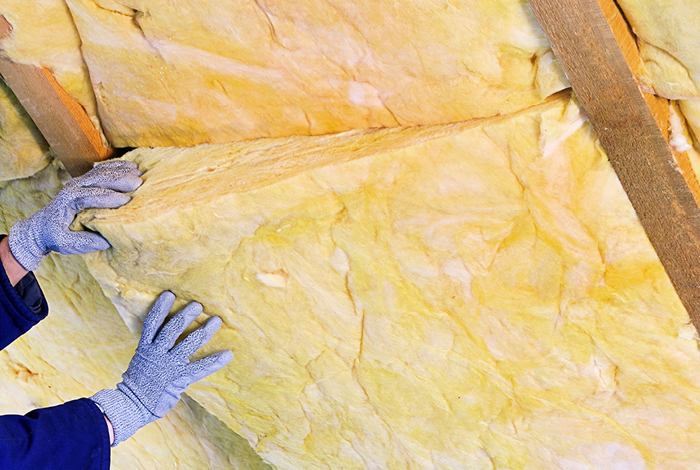
Batt insulation - pre-cut panels or rolls made from materials like fiberglass, rock wool or cotton.
Advantages:
- easy to install, especially in standard stud wall construction
- provides good thermal performance and soundproofing
- relatively affordable compared to some other insulation types
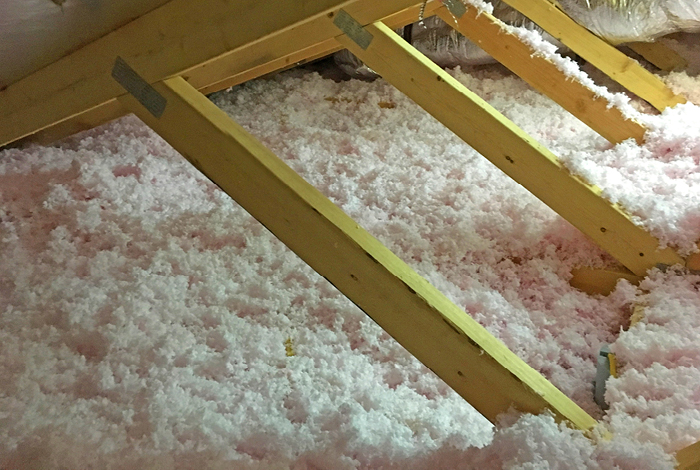
Loose fill insulation - made up of small particles of materials such as fiberglass, cellulose or mineral wool that are blown or poured into cavities or attics.
Advantages:
- ideal for irregularly shaped spaces or areas with obstacles
- can reach areas that are difficult to access with other types of insulation
- provides effective coverage and good thermal resistance
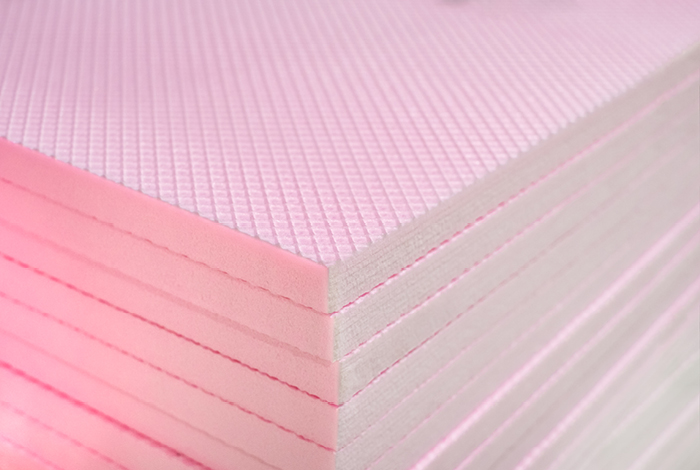
Board insulation - comes in rigid panels made from materials like expanded polystyrene, extruded polystyrene or polyisocyanurate.
Advantages:
- provides high R-values per inch, making it effective in limited space applications
- offers excellent moisture resistance and durability
- can be used for both above-grade and below-grade insulation
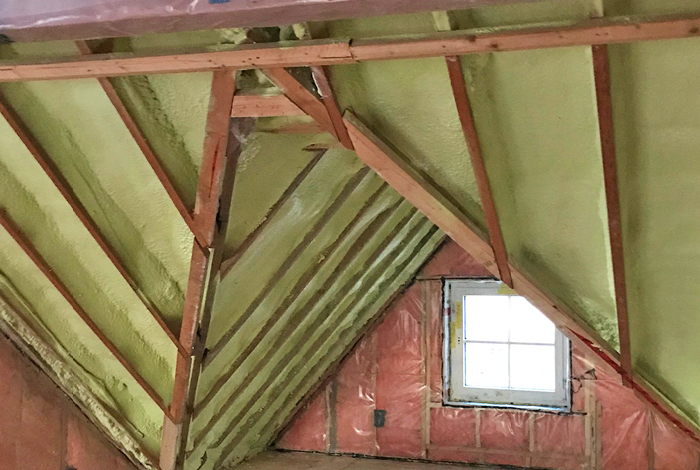
Spray foam insulation - liquid foam that expands into a solid cellular structure when sprayed onto surfaces.
Advantages:
- forms an airtight seal, minimizing air leakage and heat loss
- provides superior insulation performance with high R-values per inch
- conforms to irregular shapes and fills gaps and cracks effectively
- offers moisture resistance and can improve indoor air quality by reducing the infiltration of allergens and pollutants
As you can see, each type of insulation has its own benefits, and the best choice depends on where you’re putting it, your budget and the performance characteristics that matter most to you. Your insulation installer will have recommendations for you based on your unique needs.
Looking for inspiration from people who’ve been though an insulation upgrade? Check out how homeowners of an 80s house maximized their comfort with new insulation, at minimal cost.
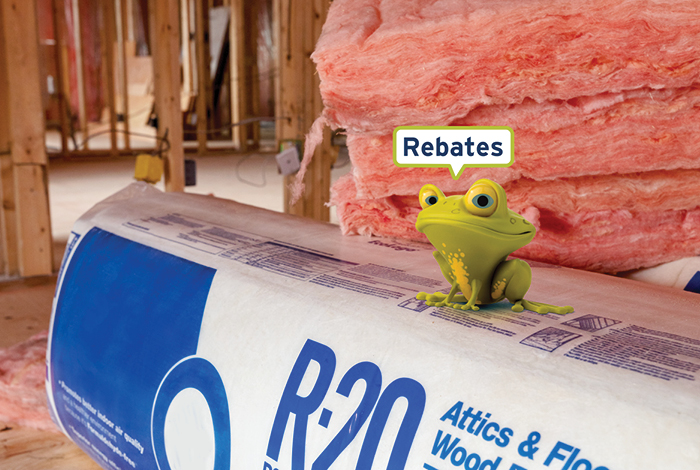
Are there rebates for insulation?
Absolutely! We’ve got insulation rebates to help make it easier to make your home more energy efficient.
Depending on how many areas of your home you’re upgrading with new insulation and how many square feet of insulation is required, you could get up to $5,800 in rebates (including a $300 two-upgrade bonus).1
Looking for more in-depth information about insulation?
Check out these guides:
- Save energy by draftproofing and insulating your home –our energy-saving guide to insulation
- Best Practice Guide for Air Sealing and Insulation Retrofits for Single Family Homes (2020 Revised Edition) – A BC Housing guide created in partnership with FortisBC, BC Hydro and the Province of B.C.
- Keeping the Heat In – A Natural Resources Canada guide to home retrofit projects, including insulation and air sealing upgrades
- Upgrading insulation isn't a DIY job. Here's why. – a blog about one DIY renovator who learned to call in the pros when needed
Note: FortisBC recommends that all energy-efficiency renovations be undertaken in consultation with and by trained and experienced contractors. FortisBC will not be responsible for your use of the information contained in or linked from these webpages.
1Terms and conditions apply. FortisBC may modify or cancel programs at any time. Full terms and conditions available on our insulation rebates page.

